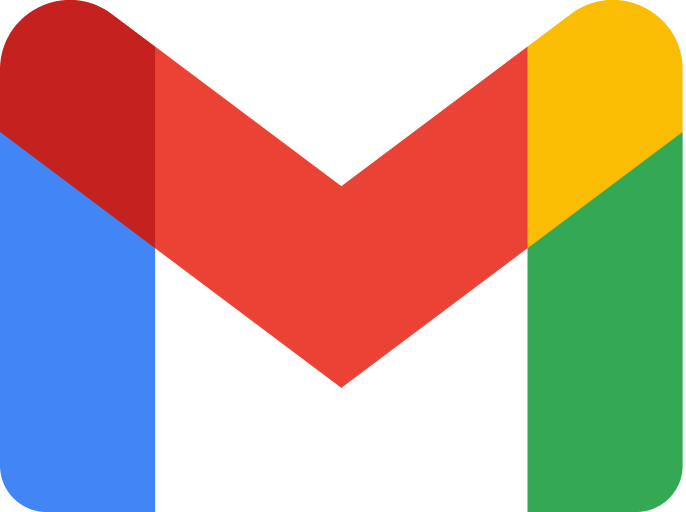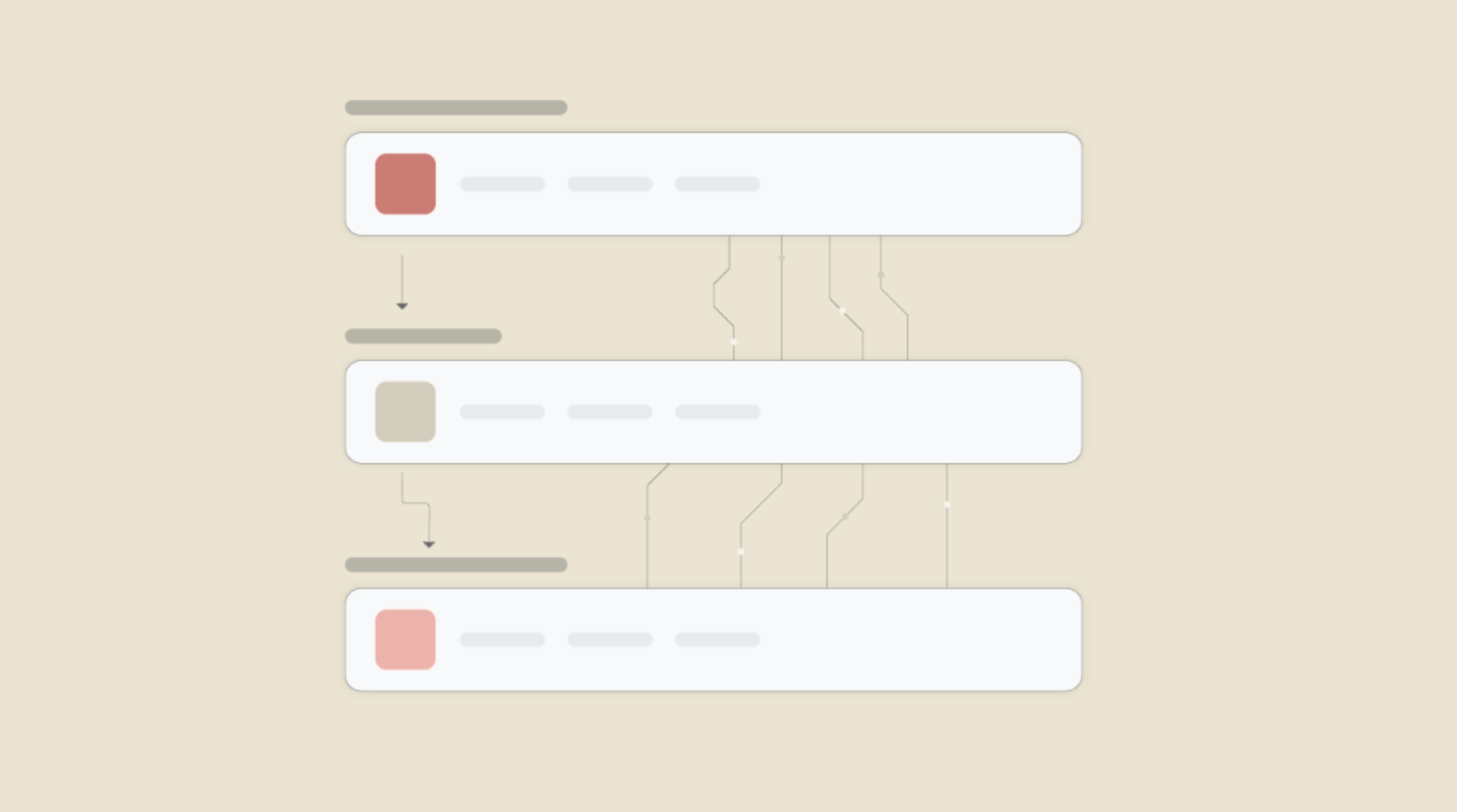Connect Gmail and Mux to Build Intelligent Automations
Choose a Trigger

When this happens...

New mail matches your specified search criteria

New Email

New Attachment

New Starred Email
Choose an Action

Automatically do this!

Create Assets

Create a Playback ID

Create a Transcription Vocabulary

Delete Transcription Vocabulary

Update Transcription Vocabulary

Delete Asset

Update Asset

Delete Playback ID

Create New Direct Upload URL

Create Asset Track
Ready to use Gmail and Mux automations
Explore more automations built by businesses and experts
Automate Instagram Comment Replies with Smart DMs
- text is ai
 ReplytoComment
ReplytoComment Send a Private ReplyAdd Step
Send a Private ReplyAdd Step - Is guide comment
 ReplytoComment Guide
ReplytoComment Guide Send a Private Reply GuideAdd Step
Send a Private Reply GuideAdd Step - multi keyword matchcmntdqJzLMYS
 ReplytoCommentMultiKeywordAdd Step
ReplytoCommentMultiKeywordAdd Step
Automate Expense Report Approvals via Slack & QuickBooks
- Send for Approval accept
 Create Entry of expensesAdd Step
Create Entry of expensesAdd Step - Send for reject
 Mail for RejectionAdd Step
Mail for RejectionAdd Step
Automate Instagram DM Replies, Reactions, and Team Alerts
- has response
 SendDMMessageAdd Step
SendDMMessageAdd Step - Notify team
 SendMailAdd Step
SendMailAdd Step - has react
 SendDMMessage ReactAdd Step
SendDMMessage ReactAdd Step
Actions and Triggers
When this happensTriggers
A trigger is an event that starts a workflow.
New mail matches your specified search criteria
Search Gmail for messages that match a subject, sender, or CC received within the specified recent time window, and return each message's headers, body (HTML/plain), date, and link.
New Email
Retrieve Gmail messages for selected label(s) received within a recent timeframe and return each message's headers, body (HTML/plain), and attachment URLs.
New Attachment
Retrieve recent Gmail messages (optionally filtered by label) that contain attachments, upload those attachments to Viasocket, and return message and attachment details.
New Starred Email
Fetches starred Gmail messages received in a recent time window (default 15 minutes) and returns message metadata, subject, sender/recipient, plain/HTML body, and any attachments with Viasocket-uploaded URLs.
Assets Created
Triggered when a new assets created.
Transcription Vocablaries Created
Triggered when the Transcription Vocablaries Created.
Do thisActions
Action is the task that follows automatically within your Gmail integrations.
Send Email
Send an email through Gmail with subject and plain-text or HTML body; include optional CC, BCC, custom sender and reply-to, attach files or Google Drive/Workspace exports, and apply labels.
Remove Label From Email
Remove a specified label from the first Gmail message matching the provided subject and/or sender criteria.
Add Label to Email
Search Gmail by subject and/or sender, find the first matching message, and add the selected label to it.
Reply to Email
Send a reply to an existing Gmail thread (plain text or HTML). Supports To/CC/BCC, attachments, custom sender name, and optional labels.
Search Mails
Search Gmail messages by sender, subject, or label and return message details, attachments, and a next-page token for pagination.
Get Email Attachment
Retrieve attachments from an email by Message ID and return attachment details (filename, MIME type, size) and accessible URLs.
Know More About Gmail and Mux Integrations

How viaSocket Works | A Complete Guide
Gain insights into how viaSocket functions through our detailed guide. Understand its key features and benefits to maximize your experience and efficiency.

5 Simple Automation Hacks to Make Your Team Free
Unlock your team's potential with 5 straightforward automation hacks designed to streamline processes and free up valuable time for more important work.

What is Workflow Automation - Definition, Importance & Benefits | A Complete Guide
Workflow automation is the process of using technology to execute repetitive tasks with minimal human intervention, creating a seamless flow of activities.
Step by step guides to integrate Gmail and Mux
Frequently Asked Questions
To start, connect both your Gmail and Mux accounts to viaSocket. Once connected, you can set up a workflow where an event in Gmail triggers actions in Mux (or vice versa).
Absolutely. You can customize how Gmail data is recorded in Mux. This includes choosing which data fields go into which fields of Mux, setting up custom formats, and filtering out unwanted information.
The data sync between Gmail and Mux typically happens in real-time through instant triggers. And a maximum of 15 minutes in case of a scheduled trigger.
Yes, viaSocket allows you to add custom logic or use built-in filters to modify data according to your needs.
Yes, you can set conditional logic to control the flow of data between Gmail and Mux. For instance, you can specify that data should only be sent if certain conditions are met, or you can create if/else statements to manage different outcomes.
About Gmail
Gmail is a free email service developed by Google. It allows users to send and receive emails, manage their inbox, and organize their communications efficiently. With features like spam filtering, search capabilities, and integration with other Google services, Gmail is a powerful tool for personal and professional communication.
Learn MoreAbout Mux
Mux is a powerful platform designed to provide video infrastructure for developers. It offers tools and APIs to help developers build high-quality video experiences, including video streaming, hosting, and analytics. Mux simplifies the process of integrating video into applications, making it easier for developers to deliver seamless video content to their users.
Learn More